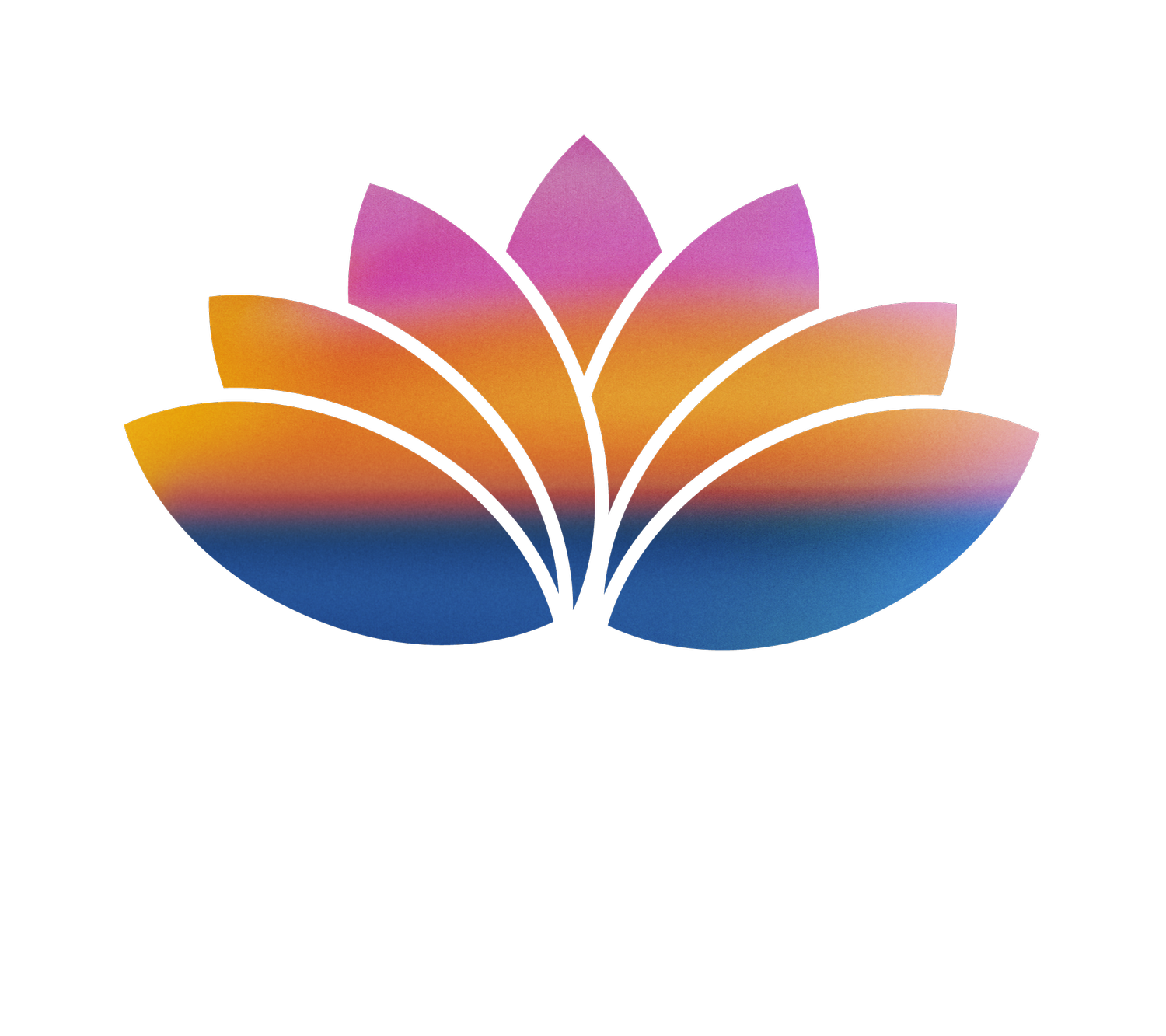Say No to Unsafe Inversions:
The Truth about Inversions on a SUP Board
Written by Lauren Fields, owner of Yoga to You PDX
I was first drawn to SUP yoga as a way to practice yoga in the heart of nature, on the water. I’m not going to lie. The first time that I was on my paddle board, I said to my friend, “I’m going to try a headstand.” I brought my head down onto the board, lifted my knees up, and began to walk into my inversion. I felt the board rock side to side. As I placed my head down, it felt immediately uncomfortable and unsteady. While my neck continued to take the brunt of the weight, I popped up into a headstand to the sounds of my friend’s admiration and awe.
Ego boosted...check. Neck ache and headache...double check.
As I thought about writing this blog, I started to gather ample evidence about why the neck and cervical spine are at severe risk when practicing a headstand on any unstable surface. However, this is not really the reason that we, as yoga students, should rethink our relationship to our SUP yoga practice and/or our spiritual practice as it relates to yoga.
In modern yoga, the Yamas (the do nots) and the Niyamas (the dos) are not very often explored. Even during our yoga teacher training, the curriculum is often so stuffed with asana that these pearls of wisdom get pushed to the outskirts of our practice. Make no mistake, they are the beating heart of our practice. For the purpose of this blog, let’s explore the first and third Yamas. The first one may be familiar to most readers. Ahimsa is the practice of non-harm or non-violence in thought, intention, or action. This one seems easy, right? Most warmhearted yogis might say “piece of cake!” This is a tricky one though. While it may be easy to resist harming others, the concept becomes a little foggier when it comes to what is actually harmful to ourselves as yogis. In the case of SUP yoga and modern yoga, this violent practice begins when comparing ourselves to others and then pushing beyond what is needed in our own practice. A great example? The succumbing to that knee jerk reaction of “I see a headstand on a SUP board on Instagram, I’m going to try this.” Without more exploration around our mind's process, we may begin to do harm to ourselves. This is pure ego, the need to gain a perceived feeling of fulfillment. Mimicking fads and images on the internet of unsafe and dangerous practices on a paddle board...this is doing harm. There is an endless list of physical injuries that can happen on a paddle board: death and paralysis, broken neck, broken shoulder, cervical compression, etc. This is doing physical harm to ourselves. We may also participate in emotional and energetic harm when we represent that yoga has anything to do with inverting in an unsafe and hazardous environment. This is the opposite of yoga. This is playing to our ego, not to our inner guru and the universal consciousness. There’s one little phrase that I see so often on the web when people post photos of themselves in headstands. “Flip your perspective.” This relates to the yoga idea of going to the opposite emotion of what one is feeling in any given moment. When tempted to try an advanced asana on a paddle board, we should really think about “flipping our perspective.” Do the opposite. And while we are at it, we should give ourselves a proper slap in the face for being self-indulgent assholes. As yoga students, the spiritual path is difficult enough already. We have to be extra tuned into ourselves, more cautious about how much those hits of dopamine affect our relationship to ourselves. We don’t need headstands on a board. We certainly don’t need images of it. And, beyond that, we don’t need to be encouraging others to try this sacred asana in an unsafe environment. Period. I beg someone to argue this fact.
The third Yama is Asteya: the practice of non-stealing. Let’s go deeper into this one. Stealing comes from the desire to take something from another because it is perceived as a need. How often have we been practicing in a yoga class and have seen a person in front of us in some crazy, cool pose? There’s that part of us that longs to do that same pose. Or we may feel sad that we don’t have the skill or the flexibility to do it. This is stealing from our moment of yoking to ourselves and trusting that we are exactly where we need to be. Stealing is also taking more than what is needed, what is necessary in that moment. Stealing is any moment (in conversation, in yoga, in life) in which we let our ego take the lead, even a little bit. I believe that now is the time when yoga is most important, most needed. In yoga, we give to ourselves first. We consult our inner guru, we consult our teachers, we consult our friends. Ultimately, we are face to face with our true self. We are ALL guilty time and time again of letting our ego take the lead over our spirituality. In short, we need to stop the social media support of this unsafe presentation of asana. #saynotounsafeinversions
If you feel the need for a safe inversion on a paddle board, think of trying a pose that lifts your hips or feet higher than your heart. Try any of the following safer alternatives:
1.) Dolphin Pose
2.) Downdog AKA Downward Facing Dog
3.) Forward Fold or Ragdoll
4.) Wide-Legged Forward Fold
5.) Bridge Pose
6.) Boat Pose
Be safe out there!
Love & Light,
Lauren Fields, Owner







